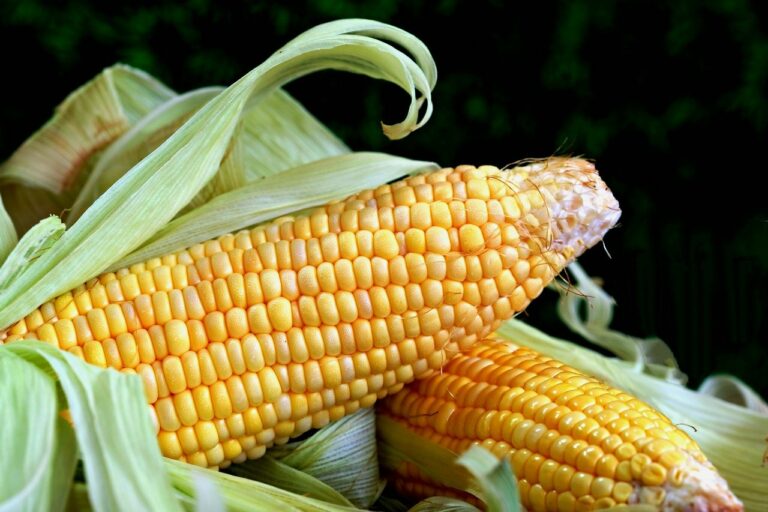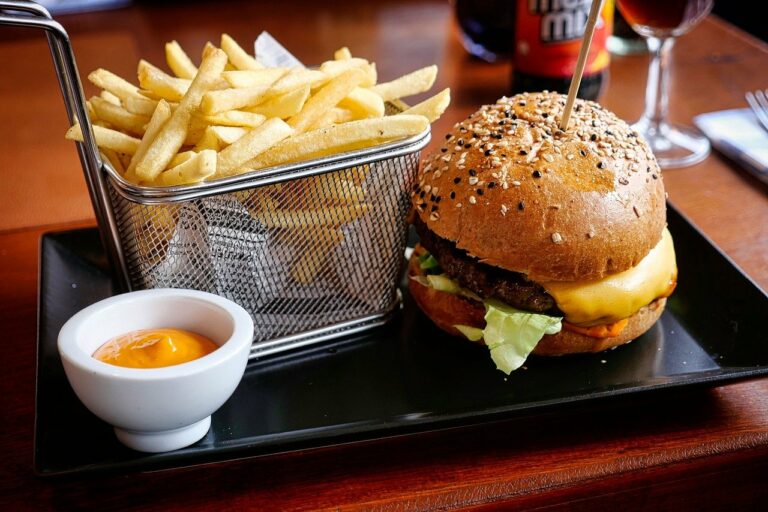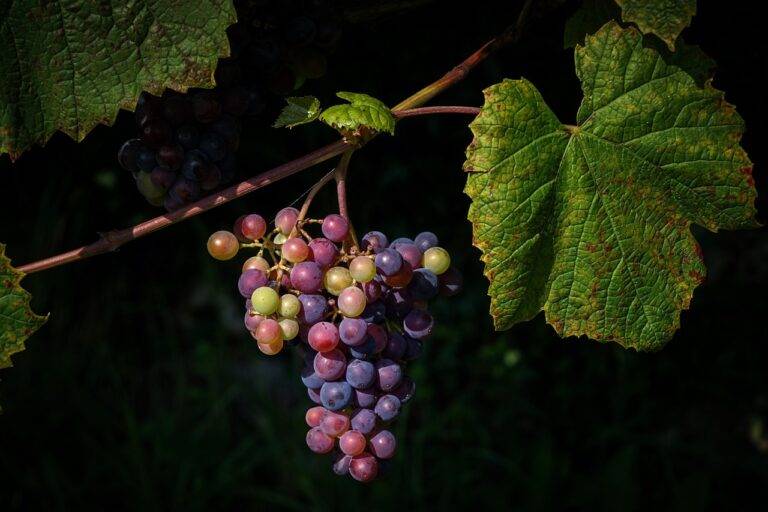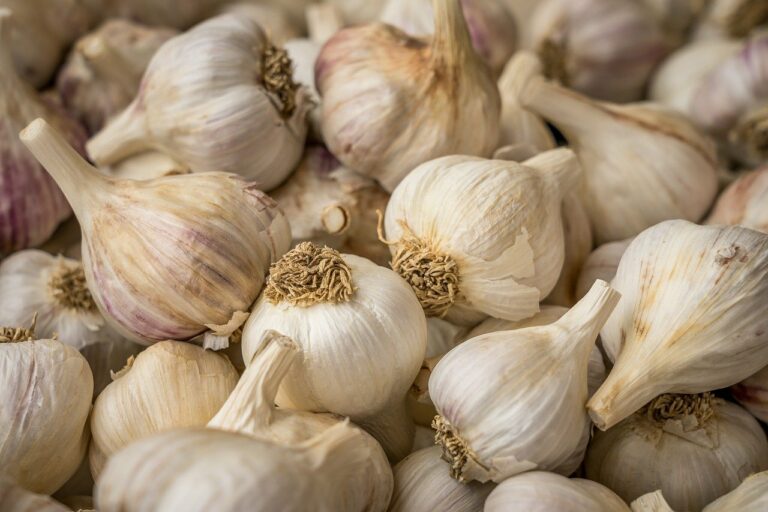Exploring Vertical Farming: Potential Applications for Dairy Production
11xplay sign up login password, www laser247.com, tiger exchange 247:If you are curious about the future of dairy production and how vertical farming could change the game, you are in the right place. In this blog post, we will explore the potential applications for dairy production in the world of vertical farming. With the rise of urbanization and the growing demand for sustainable food production, vertical farming offers a unique solution to meet these challenges. Let’s dive in and see how this innovative farming method could revolutionize the dairy industry.
What is Vertical Farming?
Vertical farming is a method of cultivating crops or raising livestock in vertically stacked layers, often in a controlled environment like a warehouse or a skyscraper. By utilizing technologies such as hydroponics, aquaponics, and aeroponics, vertical farming can maximize space efficiency and optimize resource utilization. This farming approach allows for year-round production of fresh, high-quality crops with minimal environmental impact.
The Benefits of Vertical Farming for Dairy Production
There are several potential benefits of applying vertical farming to dairy production:
1. Space Efficiency: In traditional dairy farming, large expanses of land are required to raise cows and produce feed. With vertical farming, dairy production can be vertically stacked, using significantly less land while maximizing space utilization.
2. Year-Round Production: Vertical farming allows for consistent year-round production of dairy products, regardless of seasonal fluctuations. This ensures a steady supply of fresh dairy products to meet consumer demand.
3. Reduced Environmental Impact: By optimizing resource utilization and minimizing wastage, vertical farming can significantly reduce the environmental footprint of dairy production. This includes lower water consumption, reduced greenhouse gas emissions, and decreased reliance on chemical inputs.
4. Enhanced Food Safety: Vertical farming offers a controlled environment that reduces the risk of contamination and ensures the safety and quality of dairy products. This is especially crucial in today’s food safety-conscious consumer market.
5. Localized Production: Vertical farming enables dairy production to be brought closer to urban centers, reducing the need for long-distance transportation and supporting local food systems. This can lead to fresher products, lower carbon emissions, and increased food security.
6. Innovation and Technology Integration: Vertical farming encourages the integration of cutting-edge technologies such as automation, sensors, and data analytics into dairy production. This can improve efficiency, productivity, and sustainability in the dairy industry.
Challenges and Considerations in Vertical Farming for Dairy Production
While vertical farming holds great promise for dairy production, there are several challenges and considerations to be mindful of:
1. Energy Consumption: Vertical farming requires significant energy inputs for lighting, heating, cooling, and ventilation. Finding sustainable energy sources and optimizing energy efficiency are crucial for the long-term viability of vertical farming for dairy production.
2. Cost of Investment: Setting up a vertical farm, especially for dairy production, can be capital-intensive. The initial investment in infrastructure, equipment, and technology may pose a barrier to entry for small-scale farmers.
3. Regulatory Compliance: Vertical farming for dairy production must adhere to strict regulations and quality standards to ensure food safety and compliance with legal requirements. This includes hygiene practices, animal welfare standards, and labeling regulations.
4. Scalability and Replicability: Scaling up vertical farming operations for dairy production and replicating successful models across different regions require systematic planning, robust business models, and strategic partnerships.
5. Consumer Perception: Educating consumers about the benefits of vertical farming and addressing any misconceptions or skepticism about the quality and taste of vertical farm-produced dairy products are essential for market acceptance and adoption.
6. Skills and Training: Vertical farming for dairy production requires specialized skills in agriculture, engineering, technology, and business management. Training programs and capacity-building initiatives are needed to develop a skilled workforce for the industry.
Potential Applications for Dairy Production in Vertical Farming
The integration of dairy production into vertical farming opens up a world of possibilities for innovation and sustainability. Here are some potential applications for dairy production in vertical farming:
1. Vertical Dairy Farms: Designing multi-story facilities for dairy cows, goats, or sheep, where animals are housed in vertical tiers and equipped with automated feeding, milking, and waste management systems.
2. Feed Production: Growing high-nutrient animal feed, such as hydroponic barley, wheatgrass, or alfalfa, in vertical farm systems to supplement the diet of dairy livestock.
3. Manure Management: Utilizing anaerobic digestion or composting technologies to convert animal waste into biofertilizers and biogas for energy generation within vertical farm facilities.
4. Smart Barns: Implementing precision livestock farming techniques, such as sensors, IoT devices, and AI algorithms, to monitor animal health, behavior, and productivity in vertical dairy farms.
5. Value-Added Products: Producing premium dairy products, such as artisanal cheeses, yogurts, and ice creams, using milk from vertically farmed livestock and selling them directly to consumers.
6. Circular Economy: Embracing circular economy principles by recycling nutrients, water, and energy within vertical dairy farming systems to minimize waste and promote resource efficiency.
The Future of Vertical Farming for Dairy Production
As the global population continues to grow, and urbanization accelerates, the demand for sustainable food production solutions will only increase. Vertical farming offers a scalable, efficient, and environmentally friendly approach to meeting this demand, with significant potential applications for dairy production. By integrating dairy farming into vertical farming systems, we can create a more resilient, diverse, and decentralized food supply chain that benefits farmers, consumers, and the planet.
FAQs
Q: What are the main advantages of vertical farming for dairy production?
A: The main advantages of vertical farming for dairy production include space efficiency, year-round production, reduced environmental impact, enhanced food safety, localized production, and innovation and technology integration.
Q: What are the challenges of vertical farming for dairy production?
A: Challenges of vertical farming for dairy production include energy consumption, cost of investment, regulatory compliance, scalability and replicability, consumer perception, and skills and training requirements.
Q: What are some potential applications for dairy production in vertical farming?
A: Potential applications for dairy production in vertical farming include vertical dairy farms, feed production, manure management, smart barns, value-added products, and circular economy initiatives.
In conclusion, exploring vertical farming for dairy production presents exciting opportunities to revolutionize the way we produce, distribute, and consume dairy products. By harnessing the power of technology, innovation, and sustainability, we can create a more resilient, efficient, and environmentally friendly dairy industry for the future. Join us on this journey towards a greener, tastier, and healthier dairy farming landscape.







